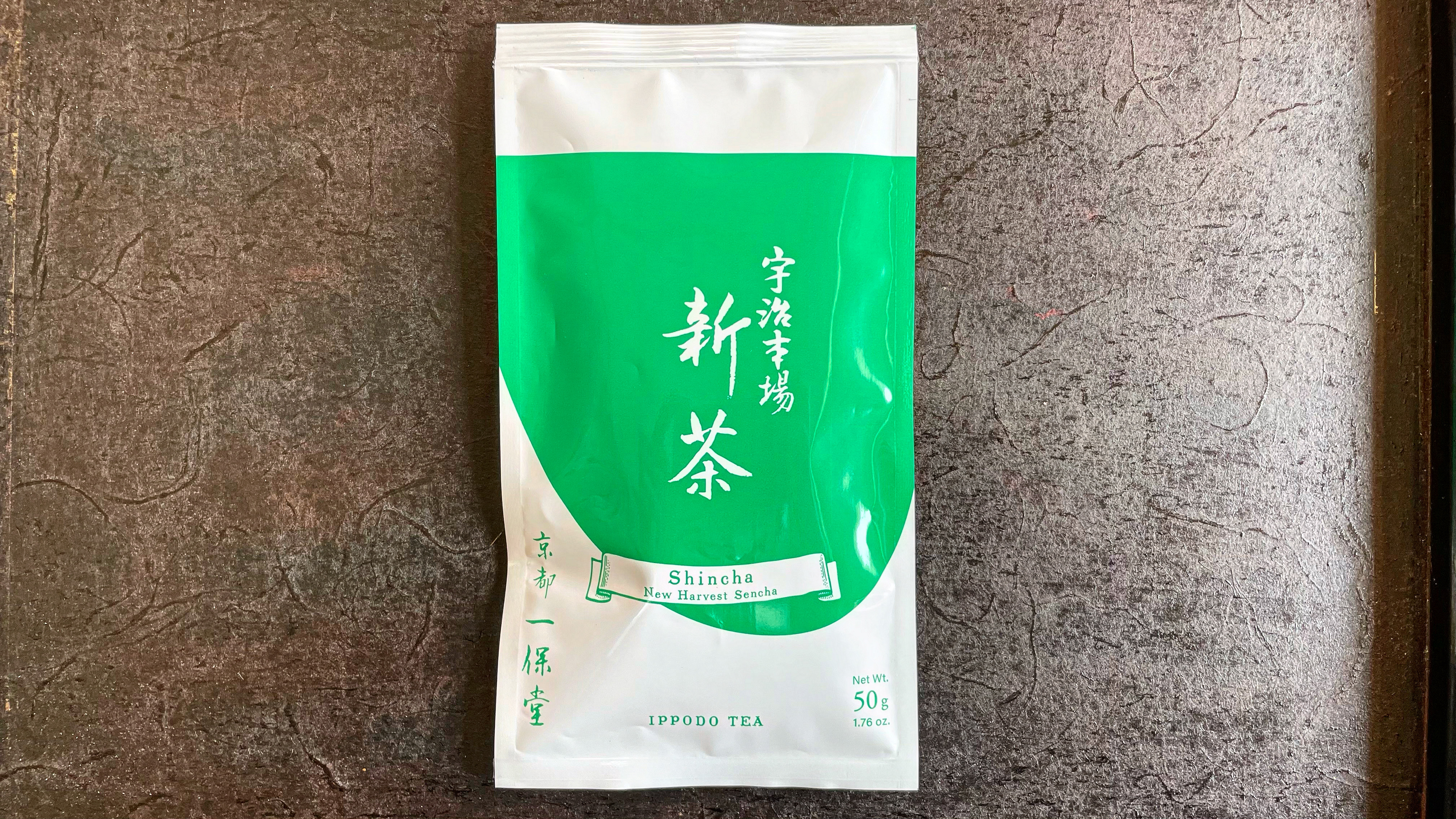Dashi is essential and the foundation to all authentic Japanese cuisine.
It gives life to foods.
It can be comparable to bouillon in Western cooking, however, there is a fundamental difference. Dashi works by bringing out the flavor of the featured ingredients.
When it comes to making Gyudon (beef bowl) to various Japanese hotpots to the most staple foods, Miso soup, it contains stock.
Without it in your foods, it’s soulless.
Dashi brings out the 5th flavor, Umami, full of amino acids that create inexplicable deliciousness.
Here are the basic key ingredients & Dashi types
・Konbu (seaweed Kelp) – Glutamate dashi
・Katsuo (Shaved Bonito Flakes)- Inosinate dashi
・Shiitake Mushrooms- Glutamate dashi
・Niboshi (Dried Sardines)- Inosinate dashi
Combining different ingredient yields the fullest flavor, called Awase (Combine) dashi.
Making Dashi
Dashi is made by soaking and boiling marine and land products, extracting the flavor enhancing amino acids. Dashi itself is delicious, but when used in cooking, it draws out and balances the flavors of each individual ingredient.
BASIC DASHI PREPARATION

Konbu Dashi
Great for: Clear soups, Nabe hot pots, Sushi rice
Ingredients:
4 cups water
4 inch square Dashi Konbu
Preparation:
- Lightly wipe off surface of Dashi Konbu with a damp cloth. Do not wash.
- Add cold water into a saucepan. Place Konbu square into water, and let soak for one hour.
- Heat water using low heat. Just before water comes to a boil, remove Konbu and discard. Remove Dashi from heat source. Makes 4 cups.

Katsuo Dashi
Great for: Nimono, clear soups, Miso soup
Ingredients:
3-1/4 cups cold water
2/3 oz Hanakatsuo
Preparation:
- Heat water in saucepan using medium heat. Just before water comes to a boil, add Hanakatsuo.
- While water returns to boil, skim off foam that rises to the surface.
- When water reaches boiling point, remove from heat source. Cool a bit before straining Dashi with cheesecloth or paper towels. Makes about 3 cups.
Awase Dashi
Great for: Clear soups, Nimono, Noodle sauces
Ingredients:
4-1/4 cups cold water
4 inch square Dashi Konbu
2/3 oz Hanakatuso
Preparation:
- Prepare Konbu Dashi.
- Add Hanakatsuo to saucepan while returning back to a boil under medium heat. Skim off foam that rises to the surface.
- When Dashi returns to a boil, remove from heat source. Cool a bit before straining Dashi with cheesecloth or paper towels. Makes about 4 cups.






